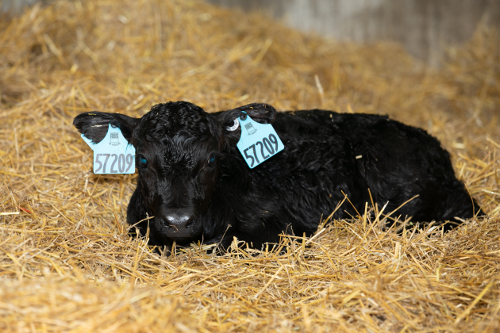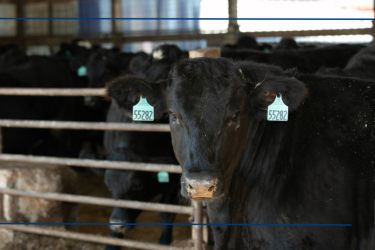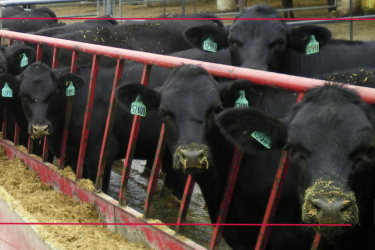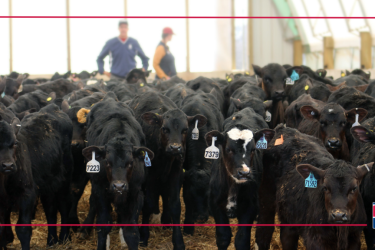Beef cross calves have taken the dairy and beef industries by storm. And it’s not hard to see why. Deploying a strategic program like ABS Global’s Beef InFocus means an additional revenue stream for dairy producers without damage to their main profit center, milk. On the other end of the spectrum, beef cross calves have grabbed the attention of growers, backgrounders, feed yards, processors, and packing plants. The math is simple. Beef cross calves from programs like Beef InFocus provide a consistent supply of uniform, predictable, and high-quality beef into their operations. It is a winning game plan with the dairy and beef supply chains.
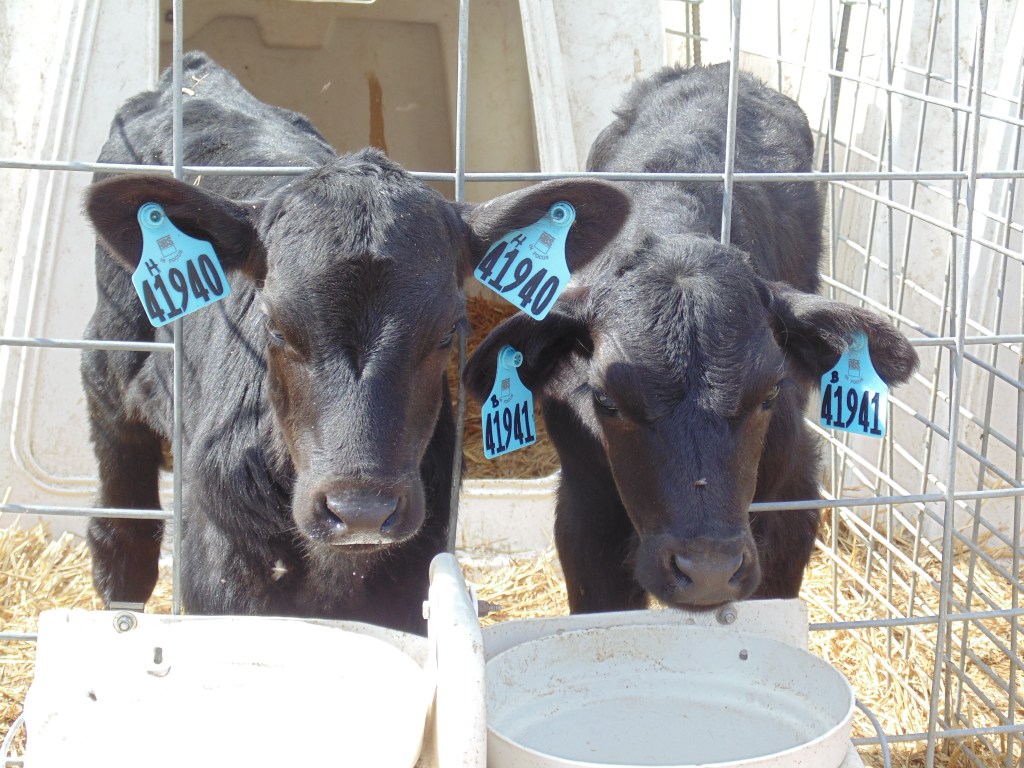
While it is not hard to identify the benefits of implementing beef on dairy into your operation, excellent calf care is critical to ensure you reap the full benefits of your beef crosses. Your success, whether raising your own beef cross calves or selling them as newborns, hinges on what you do in the first few days after birth. If you are selling newborns, your calf care practices are especially important because they impact the performance of those beef cross calves as well as your relationship with your calf buyer. This relationship is vital as its your direct line to sell your calves. Have a bad reputation for calf care in the marketplace and risk being passed on when it comes to pick up day.
Not to worry. Let’s share the three standard calf care practices your calf buyer or grower wishes you implemented.
- Calves need two bottles of colostrum
All calves should receive 4 quarts of clean, high-quality colostrum from healthy cows
- Clean, dry environment in maternity pens and calf housing
Calves are especially susceptible to bacteria and disease in the first 24 hours after birth
- Disinfecting navels soon after birth
A calf’s mouth and navel are the most common areas for pathogens to enter a calf
These three simple calf care steps could be the difference in having the most sought-after beef cross calves in the market and the ones that calf buyers pass on. Remember, your reputation for calf care is vital in the reaping the maximin benefits from your beef on dairy program.
[LEARN MORE: Beef on Dairy]
Excellent calf care coupled with tailored, proven genetics is your knockout punch for profiting from beef cross calves. However, if you are looking to expand your benefits and appeal directly to what consumers are asking for, then consider these bonus practices.
Traceability
This industry buzz word has gained considerable popularity among packers and retailers. Get ahead of the game by incorporating traceability measures like RFID tags. Ask for the blue tag for all your Beef InFocus calves. These steps will increase the marketability of your beef cross calves.
Pre-sorting calves that deviate from the majority of your calf crop.
Not all beef cross calves are created equal. Because of this, calf buyers have certain preferences and tolerance levels for the amount of variation they are willing to except in your calf crop. To get the most out of your calf crop on pick up day, pre-sort your animals to exclude any outlier calves. Be sure your entire group displays consistency and uniformity for the calf buyer.
The beef cross market is becoming increasing competitive. Take every opportunity to add value to your own beef cross calves and maximize your profit. Learn more about standards in calf care by reading our article originally published in Progressive Dairy.



